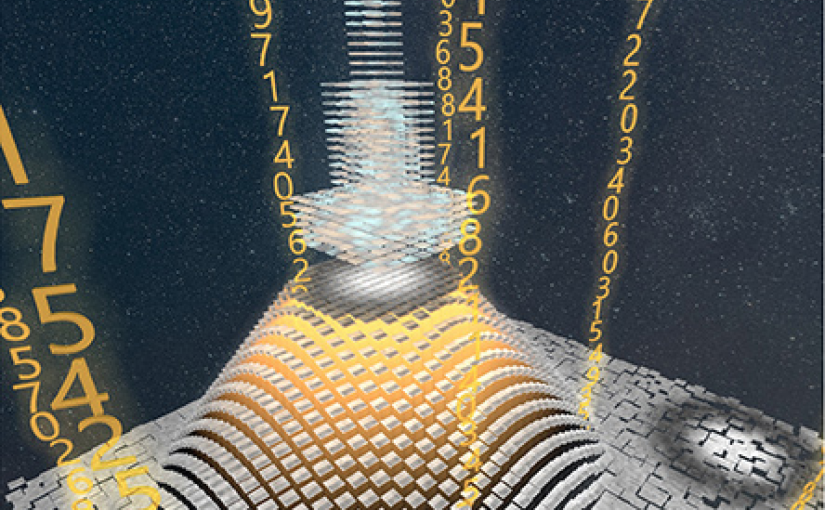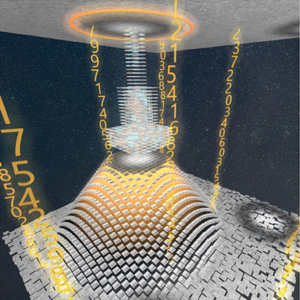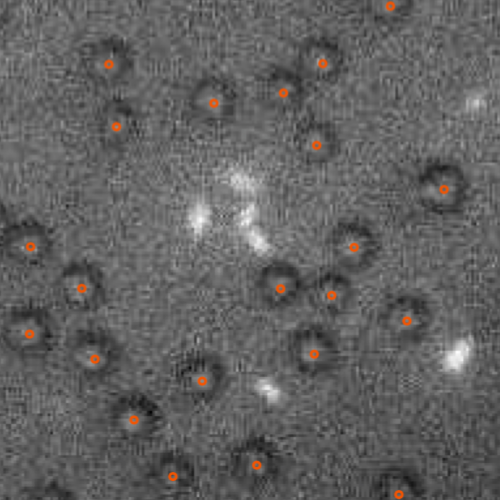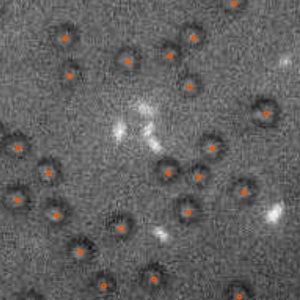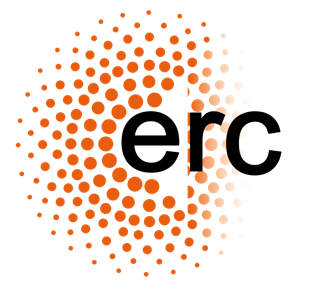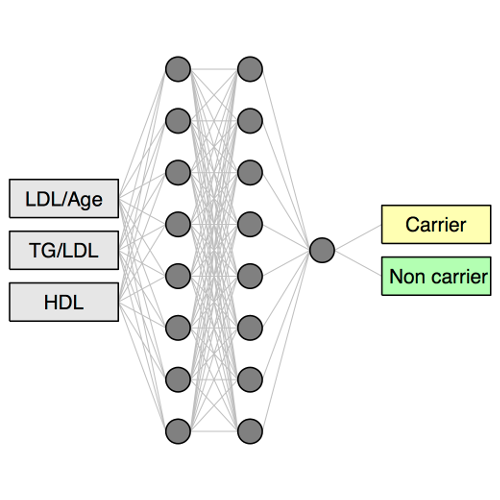
Virtual genetic diagnosis for familial hypercholesterolemia powered by machine learning
Anna Pina, Saga Helgadottir, Rosellina Margherita Mancina, Chiara Pavanello, Carlo Pirazzi, Tiziana Montalcini, Roberto Henriques, Laura Calabresi, Olov Wiklund, M Paula Macedo, Luca Valenti, Giovanni Volpe, Stefano Romeo
European Journal of Preventive Cardiology (2020)
doi: https://doi.org/10.1177/2047487319898951
Aims
Familial hypercholesterolemia (FH) is the most common genetic disorder of lipid metabolism. The gold standard for FH diagnosis is genetic testing, available, however, only in selected university hospitals. Clinical scores – for example, the Dutch Lipid Score – are often employed as alternative, more accessible, albeit less accurate FH diagnostic tools. The aim of this study is to obtain a more reliable approach to FH diagnosis by a “virtual” genetic test using machine-learning approaches.
Methods and results
We used three machine-learning algorithms (a classification tree (CT), a gradient boosting machine (GBM), a neural network (NN)) to predict the presence of FH-causative genetic mutations in two independent FH cohorts: the FH Gothenburg cohort (split into training data (N = 174) and internal test (N = 74)) and the FH-CEGP Milan cohort (external test, N = 364). By evaluating their area under the receiver operating characteristic (AUROC) curves, we found that the three machine-learning algorithms performed better (AUROC 0.79 (CT), 0.83 (GBM), and 0.83 (NN) on the Gothenburg cohort, and 0.70 (CT), 0.78 (GBM), and 0.76 (NN) on the Milan cohort) than the clinical Dutch Lipid Score (AUROC 0.68 and 0.64 on the Gothenburg and Milan cohorts, respectively) in predicting carriers of FH-causative mutations.
Conclusion
In the diagnosis of FH-causative genetic mutations, all three machine-learning approaches we have tested outperform the Dutch Lipid Score, which is the clinical standard. We expect these machine-learning algorithms to provide the tools to implement a virtual genetic test of FH. These tools might prove particularly important for lipid clinics without access to genetic testing.
